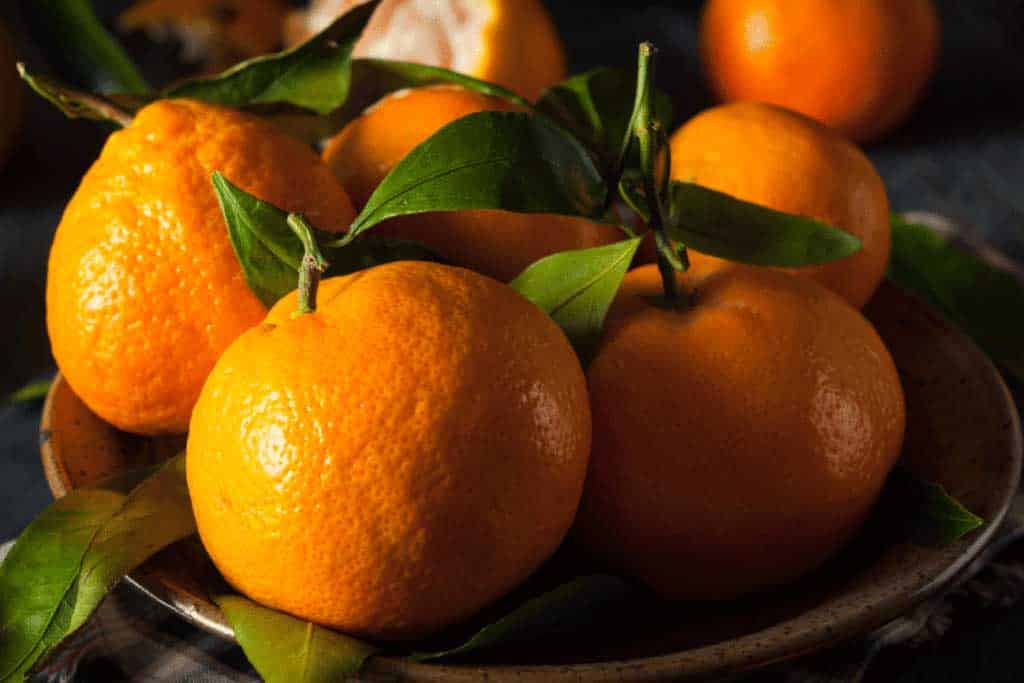[et_pb_section fb_built=”1″ _builder_version=”4.2″][et_pb_row _builder_version=”4.2″ custom_padding=”|||24px||”][et_pb_column type=”4_4″ _builder_version=”4.2″][et_pb_text _builder_version=”4.2″]
Westlake Weekly Update 5.6.20
Featured Item: Just A Stone’s (fruit) Throw Away in California.
One of the first sweet signs of summer is the appearance of stone fruits, or drupes, in our produce aisles. Yes, hotter weather means mosquitos and higher humidity, but all is forgotten with the first bite of a fleshy ripe peach or nectarine. Nothing quite smells or feels like summer than the juice of a nectarine running down your hand as you gobble up one of these sweet-tart fruits.
The San Joaquin Valley in California produces hundreds of varieties of stone fruit each summer. Growers shipping the delectable drupes to locations around the world. We can argue that nectarines are sweeter than peaches, or peaches are better than plums, but we can all agree that any way you bite it, these fruits are both sweet and good for your health.
Peaches:
As the old saying goes, “Sweet as a Peach,” peaches are best eaten fully ripe. When buying peaches, start with the flesh. A firm flesh means it needs a few more days to ripen. Buying them in this condition can help get them from the market to your home without bruising, but you’ll need to wait a few days to truly experience the sweetness they are known for. Store them at home on the counter stem side down, to avoid bruising. If you’re looking to eat them sooner than later, store them in a brown bag, which traps the ethylene gas, helping ripen the fruits faster.
Nectarines:
The biggest difference between a peach and a nectarine is the fuzzy flesh and the one tiny recessive gene that makes it a nectarine. For most, taste and texture go hand in hand. Some prefer the soft silky skin of a nectarine over the fuzzy soft peach. Just like all stone fruit, wait until the nectarine is fragrant and soft before enjoying. Look for a yellow stripe on the nectarine. It is an indicator that it was left on the tree longer to ripen. The red blush is a result of sun exposure. Although the fruit will soften and be peak eating when left to ripen at home, it will not get sweeter.
Plums:
The little underrated stone fruit is for the more complex fruit lover. They can range in flavor from overly sweet to tart. The skin of the plum, although soft and easy to bite through, tends to carry a bite of its own. It is a personal preference to peel the plum’s astringent flavored skin, or eat it with the flesh on. No matter the color, the skin will maintain an almost bitter taste. Plums are still great for eating out of hand, when ripe, but they really shine when paired with other fruits such as berries or cooked.
Apricots:
These fuzzy small peach-like fruits actually are part of the plum’s family. The bright orange flesh is a result of high levels of carotenoids. Foods rich in carotenoids are beneficial antioxidants that can protect you from disease and help your immune system. Apricots ripen from the inside out and can bruise easily. Look for firm apricots at the store to minimize bruising. They are high in pectin, which makes them great for drying and jamming!
Whether you’re a fan of the fuzzy peach or the seductive plum, summer means an abundance of stone fruit from California. Be sure to try each and every variety while you can. Patience will be key when eating your fruit. The more fragrant the fruit, the sweeter it will be. Try eating a warm nectarine from the sun, grilling a sweet peach with your bar-b-que, or baking a plum cobbler this summer. Either way you bite it, savor the sweet flavor of warmer, longer days.
CHERRIES:
Another member of the drupe family, cherries are in full swing! The California cherry crop is moving steadily. Sadly, the rain last week damaged some of the bing cherry crops. Our growers in California will continue shipping cherries through next week and then begin tailing off. We expect the Pacific Northwest crop will get underway around June 6th. The transition from the California crop to the Northwest crop should be smooth and make for a strong market.
CITRUS:
No new updates
TROPICALS:
Mangoes will continue to be limited due to the transitioning of growing regions. Call for daily updates,
Pineapples are quickly becoming limited. Westlake can still offer pineapples from Costa Rica and Veracruz. Please give us a ring to check availability as the situation changes daily.
BERRIES:
This week strawberries remain consistent overall. Supply is slightly exceeding demand at this time. The weather in the Watsonville and Salinas region is a lot cooler than Santa Maria and Oxnard, but we still have a supply available out of Oxnard and Santa Maria.
Santa Maria is strong and continues to supply the majority of the strawberries on the West Coast. Please call us for daily pricing and availability. Oxnard is just starting to wind down in supply.
Westlake has great deals on organic strawberries and blueberries out of Mexico and California.
Deal pricing on 12/6 oz blackberries from Mexico.
Conventional raspberries are currently limited but call us for any berry needs!
[/et_pb_text][/et_pb_column][/et_pb_row][/et_pb_section]

